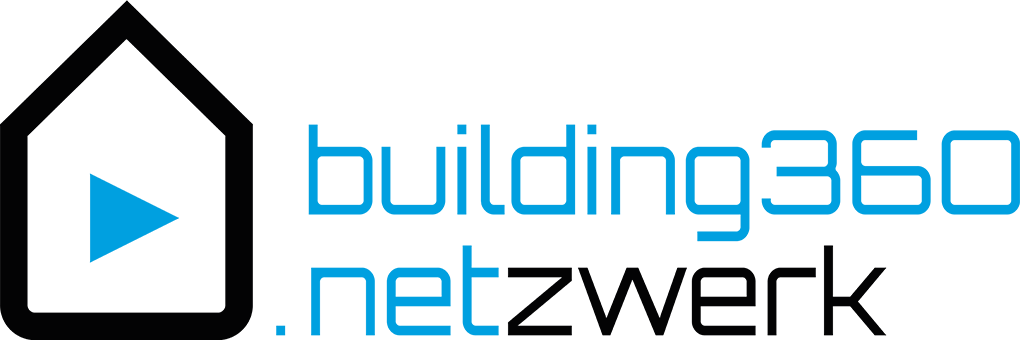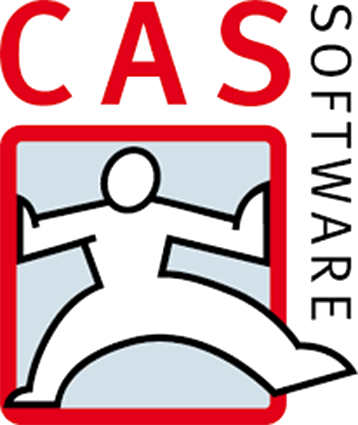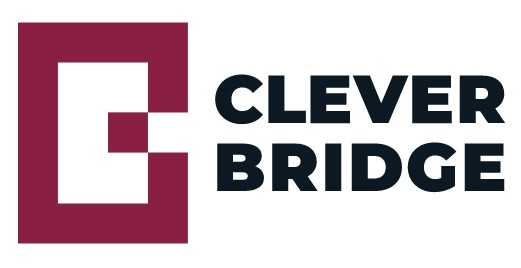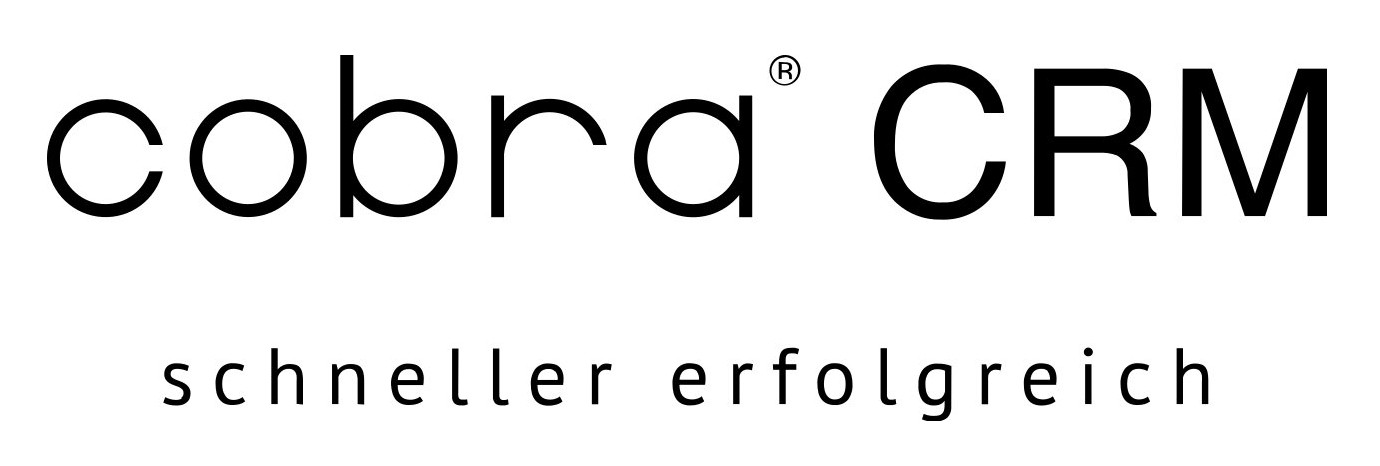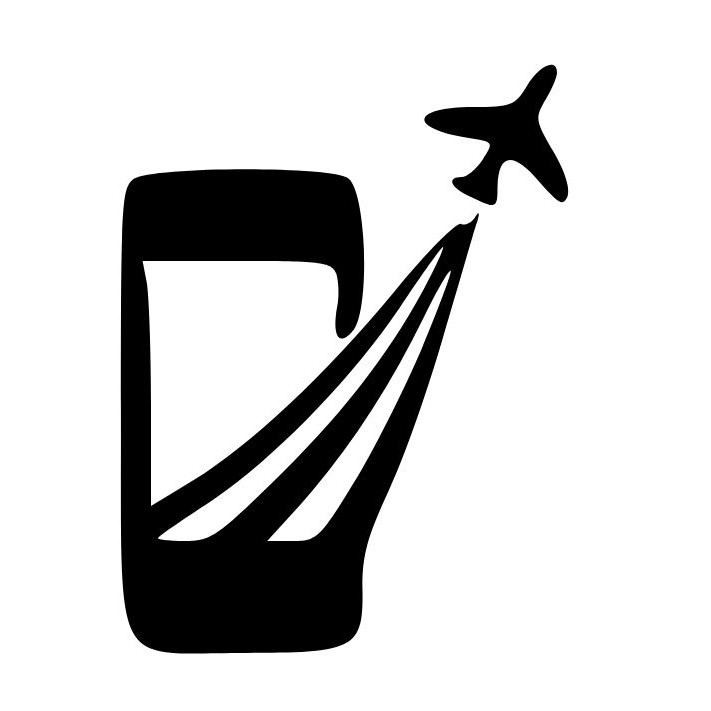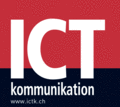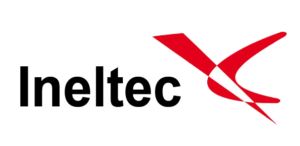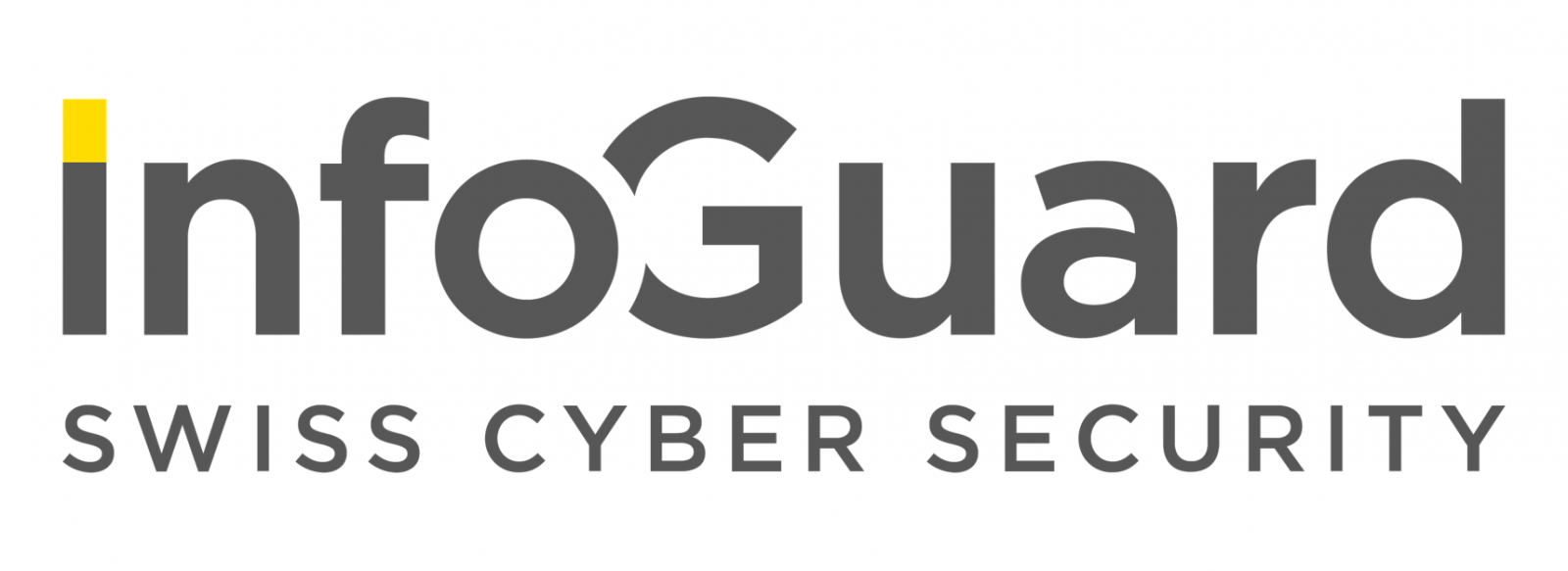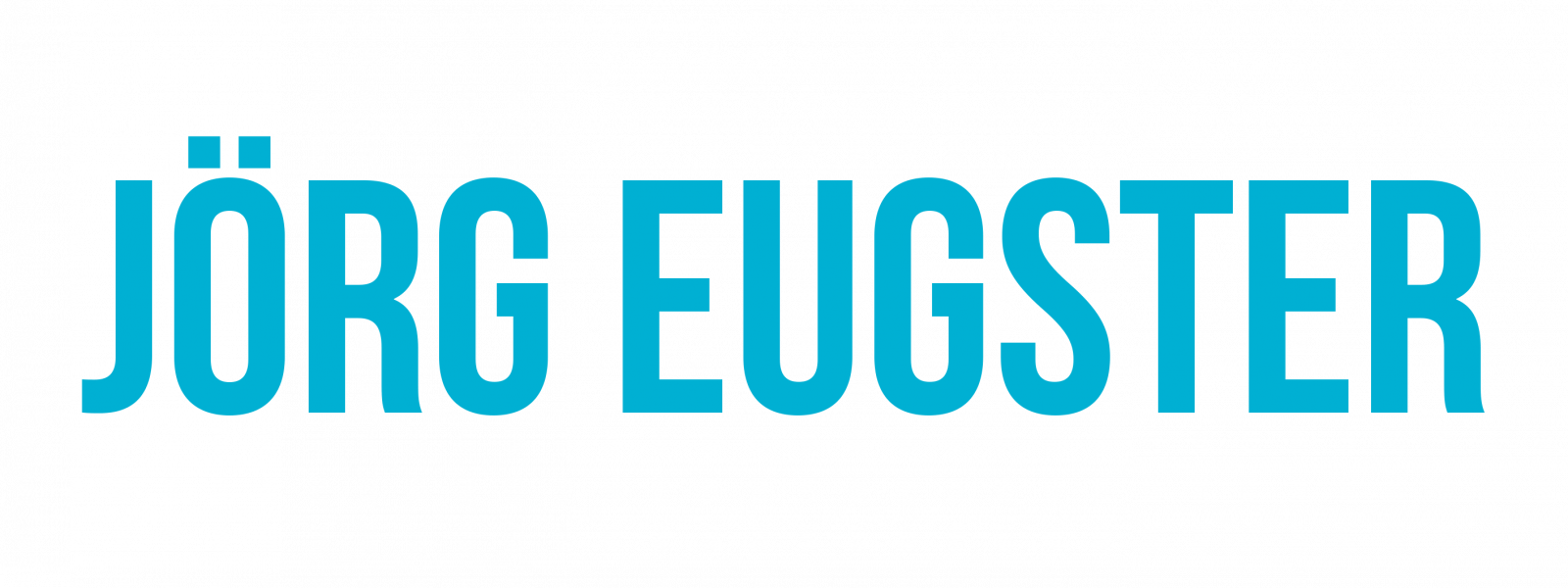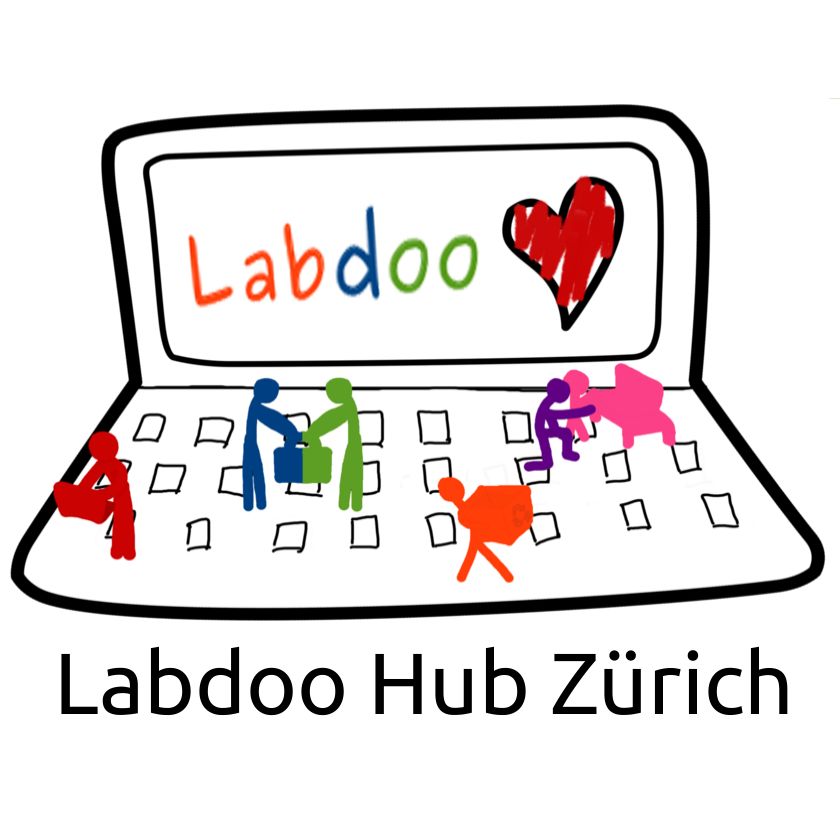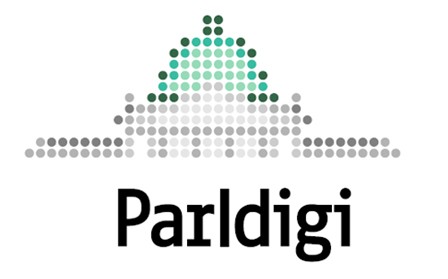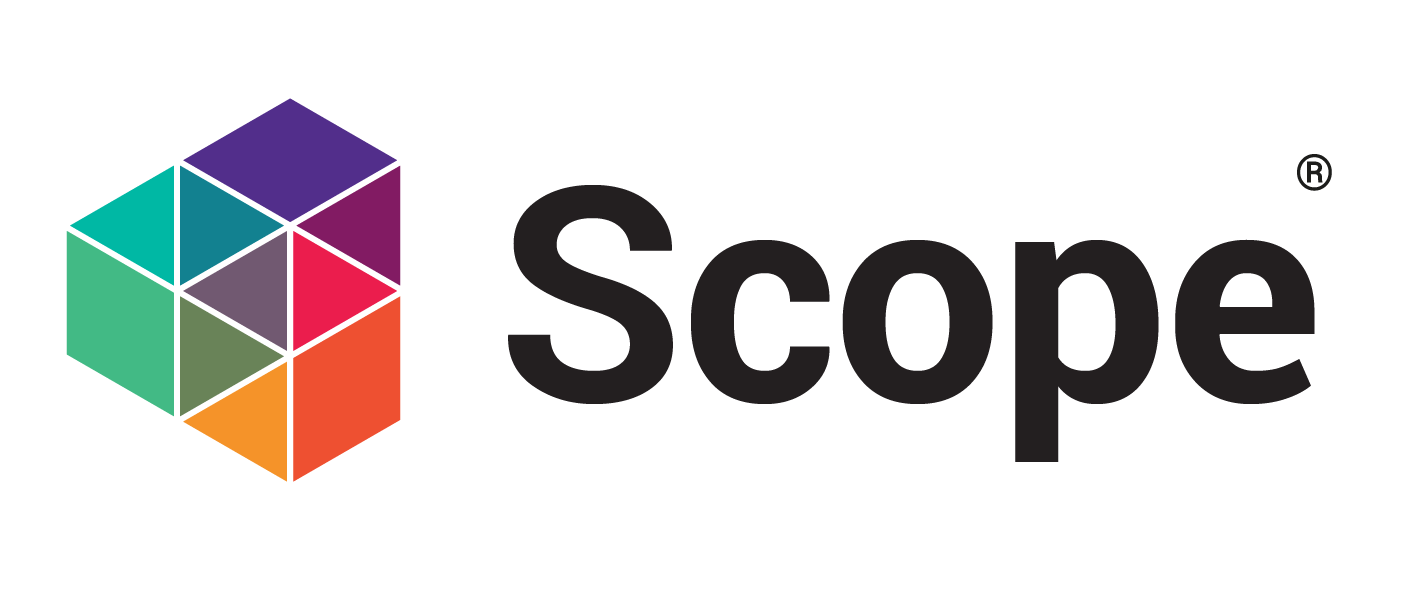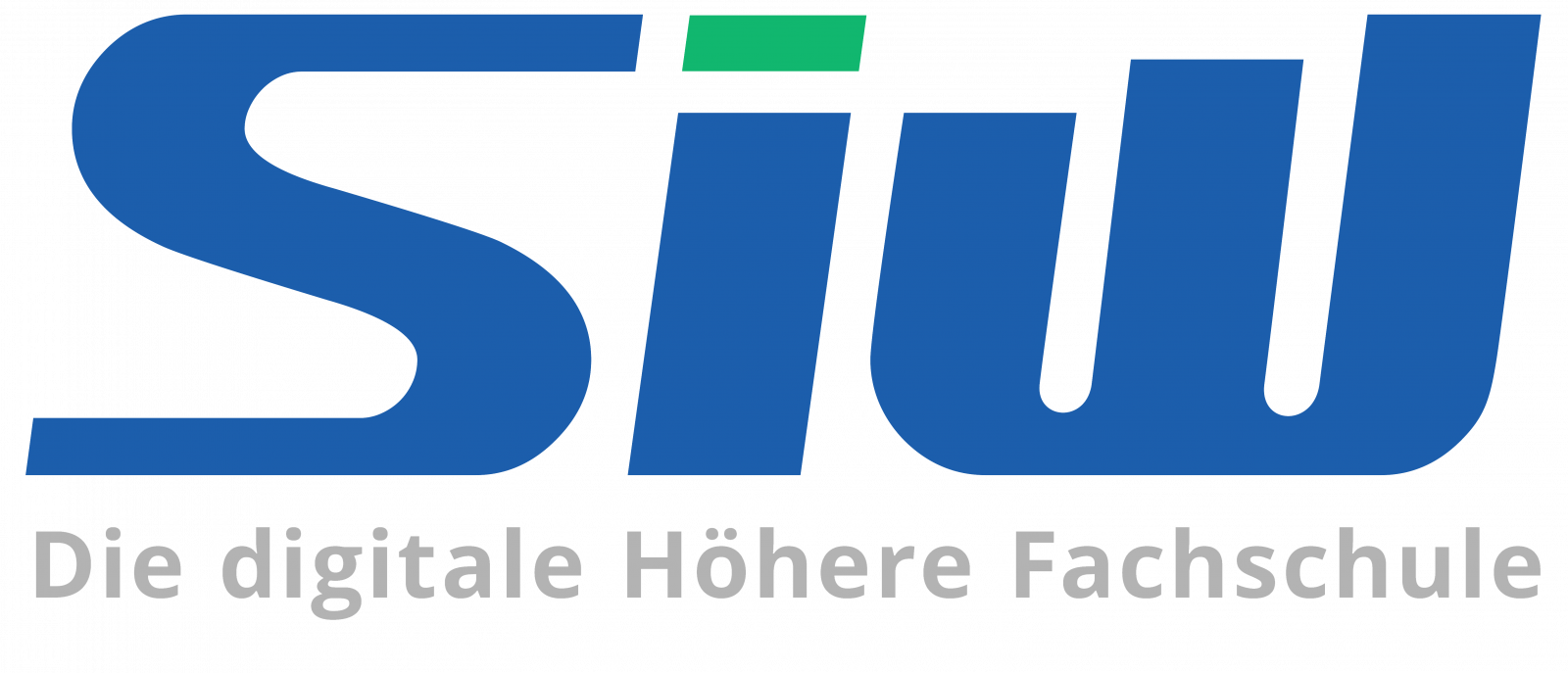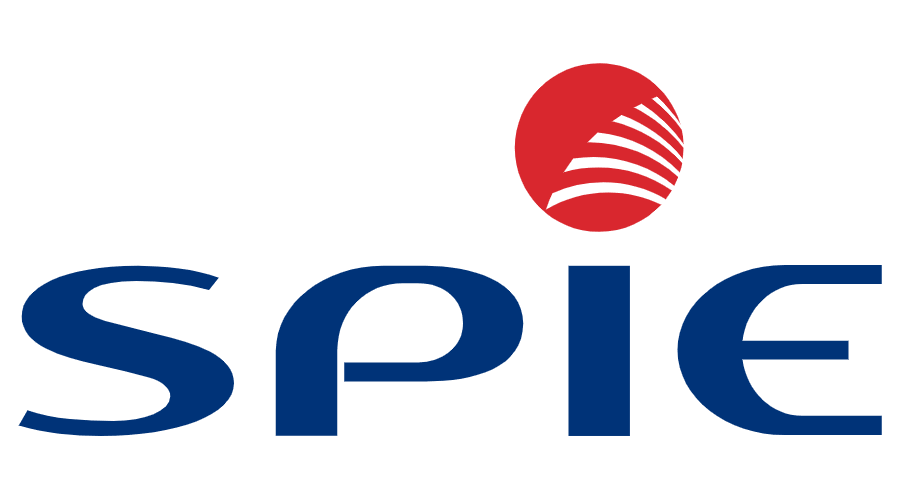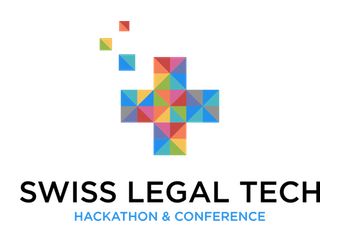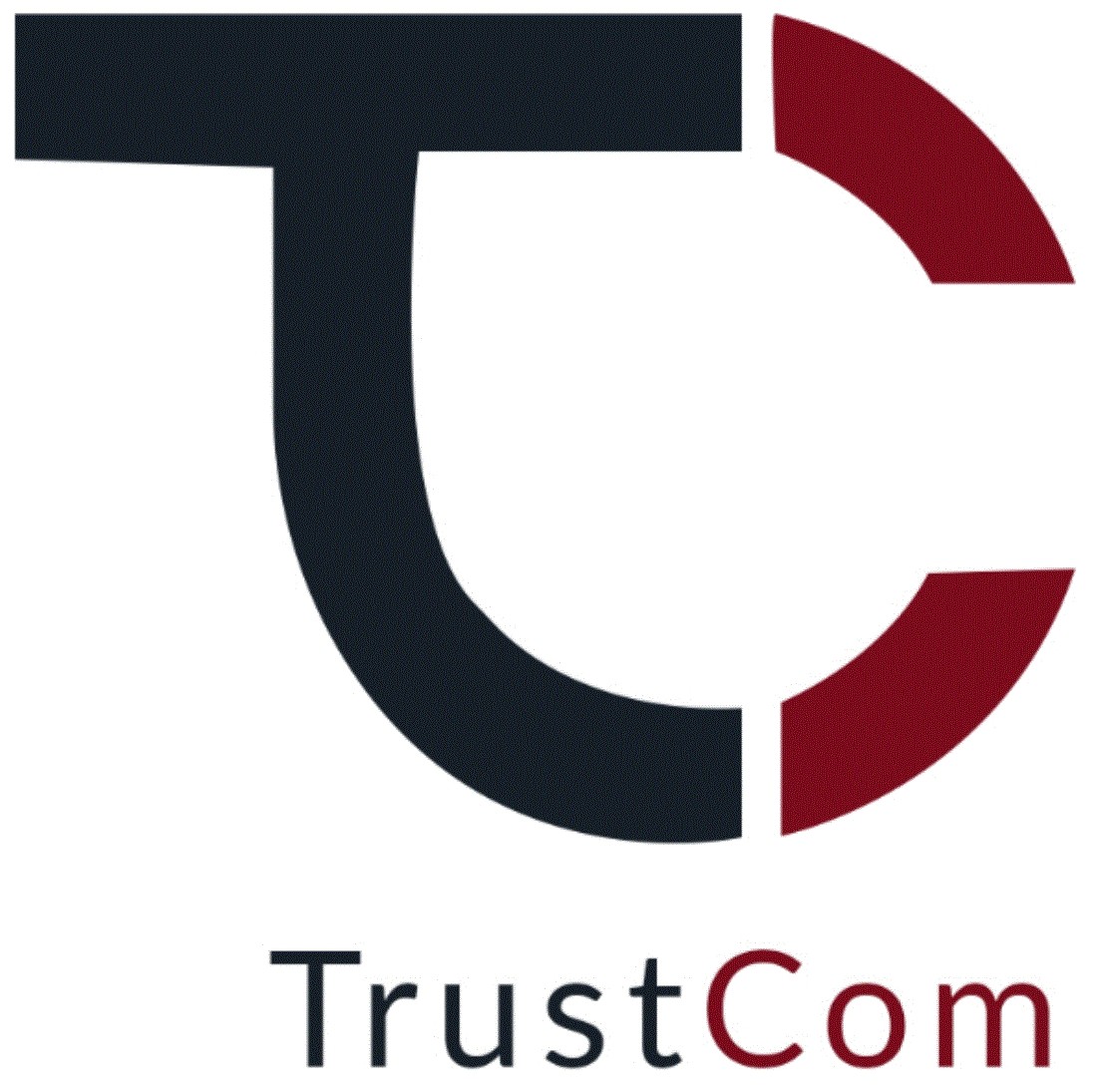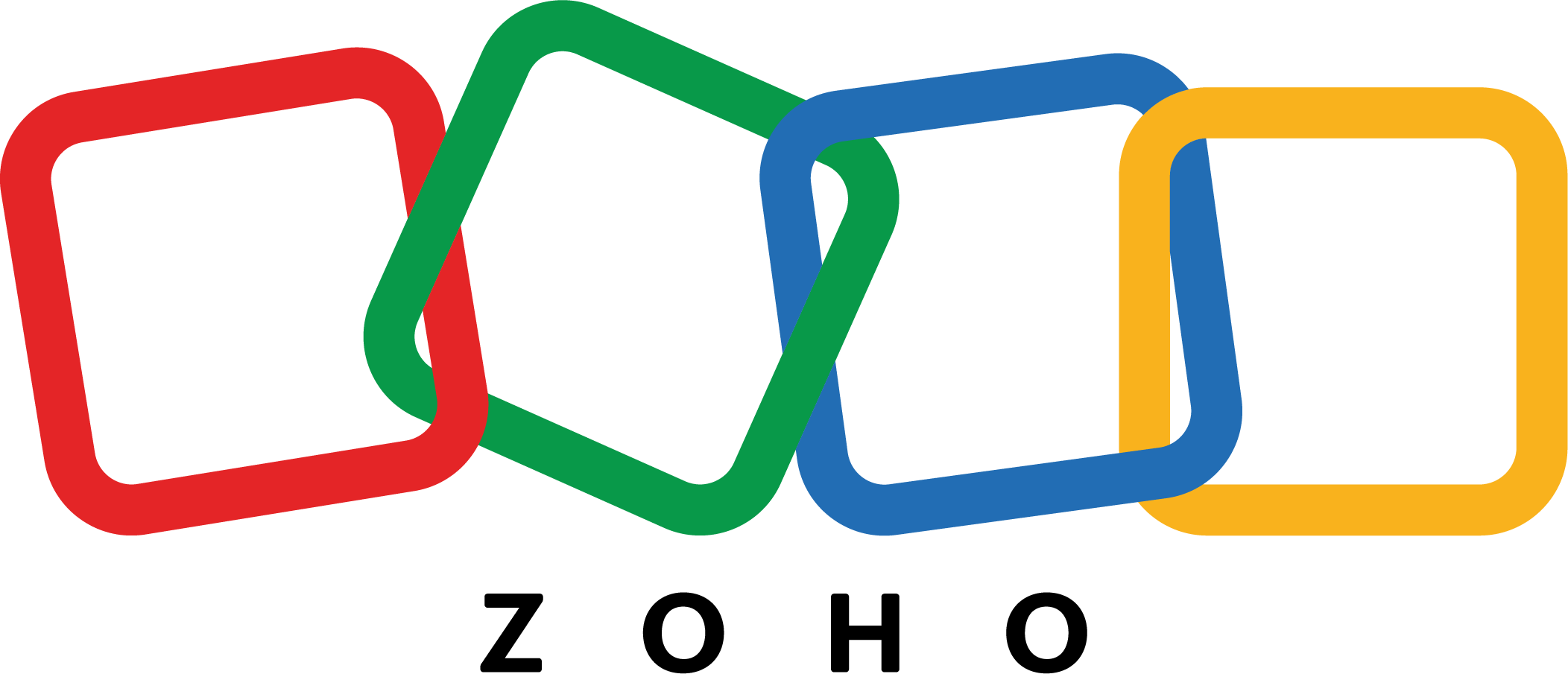Building a decentralized Global Network for the Internet of Things
Big Data, Internet of Things and Artificial Intelligence. These are some of the trendiest words at present in the digital ecosystem. Internet of Things as a concept has been in existence for over 15 years now but has truly evolved with the innovation around mobile computing and advanced processing power.
Von Rishabh Chauhan | www.societybyte.swiss
The future of communications might be predicted towards bandwidth heavy networks but some see an alternative in a technology named LoRa. LoRa (for Long Range) is among a clutch of radio technologies that connect devices cheaply over unlicensed spectrum and vast distances, needing very little power.
The Things Network is an initiative started off in September 2015 with a simple and yet powerful mission to provide the world with a global, open, free data network that is owned and operated by the users. It is based on the standard called LoRaWAN (Long Range Wide Area Network) which is perfect for the Internet of Things as it is low energy, long range and low bandwidth. Because the costs are very low, people do not have to rely on large telco corporations to build such a network. Instead, they can crowdsource the network and make it publicly available. The entire city of Amsterdam was covered within 6 weeks which led and inspired numerous initiatives around the globe to do the same.
What’s been really setting The Things Network apart from other initiatives and models around the telecommunication industry is the openness and the transparency in building such a network. The entire project is aimed to be distributed (and open source), which has played an integral role in expanding to over 350 cities across 80 different countries in the world.

























